The ACL (Anterior Cruciate Ligament) is a thick ligament is located deep inside your knee joint that contributes heavily to the control of rotation at the knee joint. Control of knee rotation is essential in sports that require change of direction like football (soccer) and netball.
The ACL has strong communication pathways with the brain that provide feedback on balance, coordination and movement control at the knee.
About 5% of female footballers rupture their ACL, and female footballers are more than twice as likely as male footballers to rupture their ACL.
Risk factors for ACL injury include:
Gender: Female >> Male
Age: 15-25yrs
Sport: Soccer, Netball, Rugby, basketball
Level of competition: Elite > non-elite
Unfortunately, female footballers are at risk of rupturing their ACL during uncontrolled landing or change of direction movements, or as a result of direct contact with another player. The ACL is usually ruptured when the knee bends and rotates inwards excessively with force.
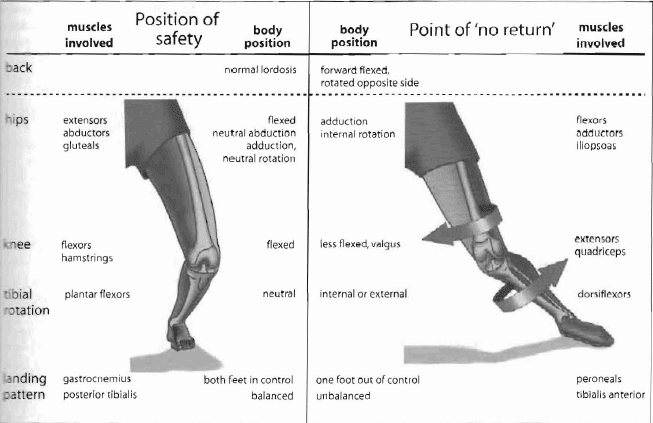
A torn ACL usually presents with a painful, swollen knee that gives way with lateral and rotation movement and players usually experience loss of balance and strength.
Because the ACL is located deep within the knee joint, it suffers from a poor capacity to heal itself once ruptured. For this reason, many players will have their torn ACL surgically repaired using a graft from their hamstring, quadriceps tendon or a synthetic or donor graft.
ACL injury is one of the most costly injuries affecting footballers, in terms of both time lost to sport as well as monetary cost involved in treatment and rehabilitation which on average lasts 6-12 months.
Even after surgical repair and rehabilitation, only 50% of players undergoing ACL reconstruction will return to their pre-injury level of sport, with ongoing knee pain being the most common limiting factor.
For these reasons, ACL injury prevention programs have been proven to be a cost effective way of reducing the incidence and cost of ACL injury in female footballers.
A range of injury prevention programs have been shown to be effective for reduction in ACL incidence in football, including the PEP program, HPT program and WALDEN program
These programs incorporate a range of neuromuscular, strength, balance and range of motion exercises that can be incorporated into training warm up.
There are slight differences between the programs that may alter their specificity to your sport. You should consult your Physiotherapist to determine which program best suits your needs and whether any individual modifications may be required for you. FIFA have created a program called the FIFA 11+ which has been shown to reduce the incidence of lower limb injuries in footballers. This program is available here.
The Physiotherapists at Coast Sport are experts in ACL injury prevention for female footballers. To consult one of our Physiotherapists for a Football Injury Risk Screening and prescription of an individualized injury prevention program, contact us today at coastsport.com.au or (02) 4356 2588

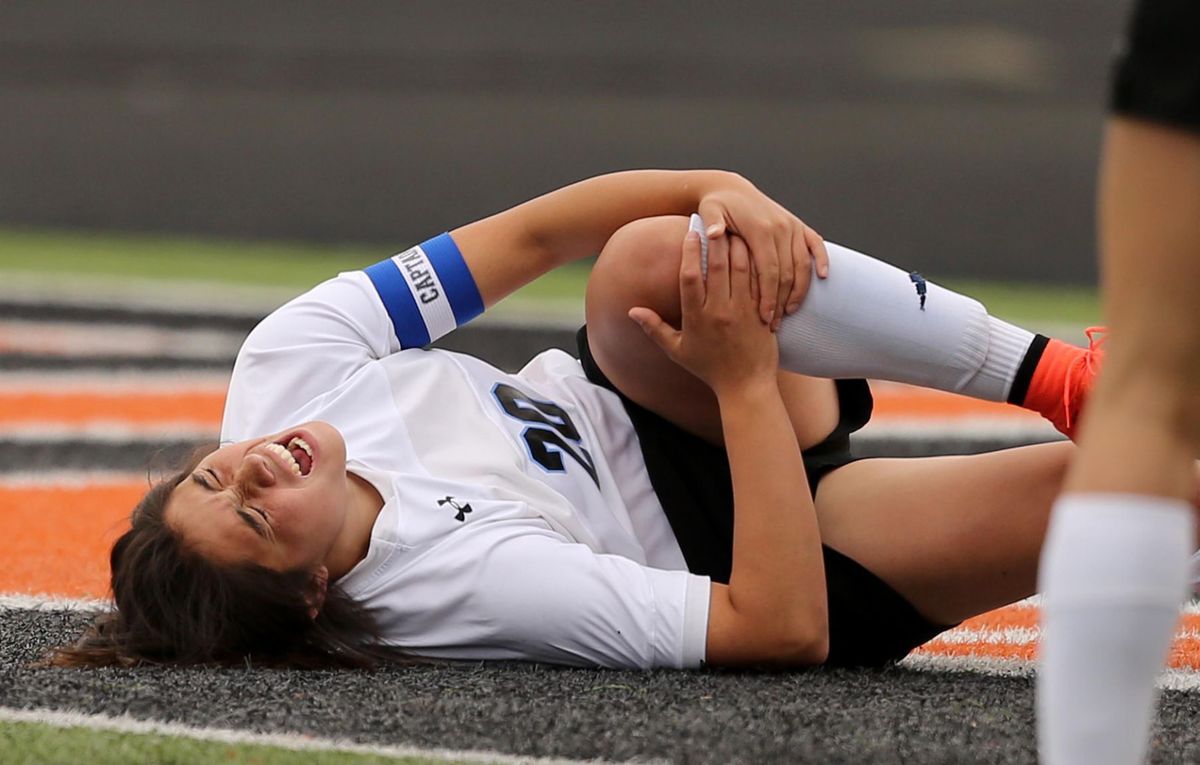
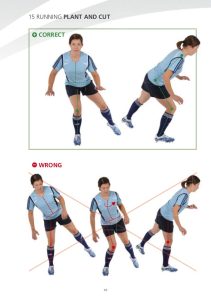
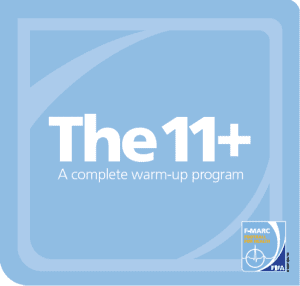

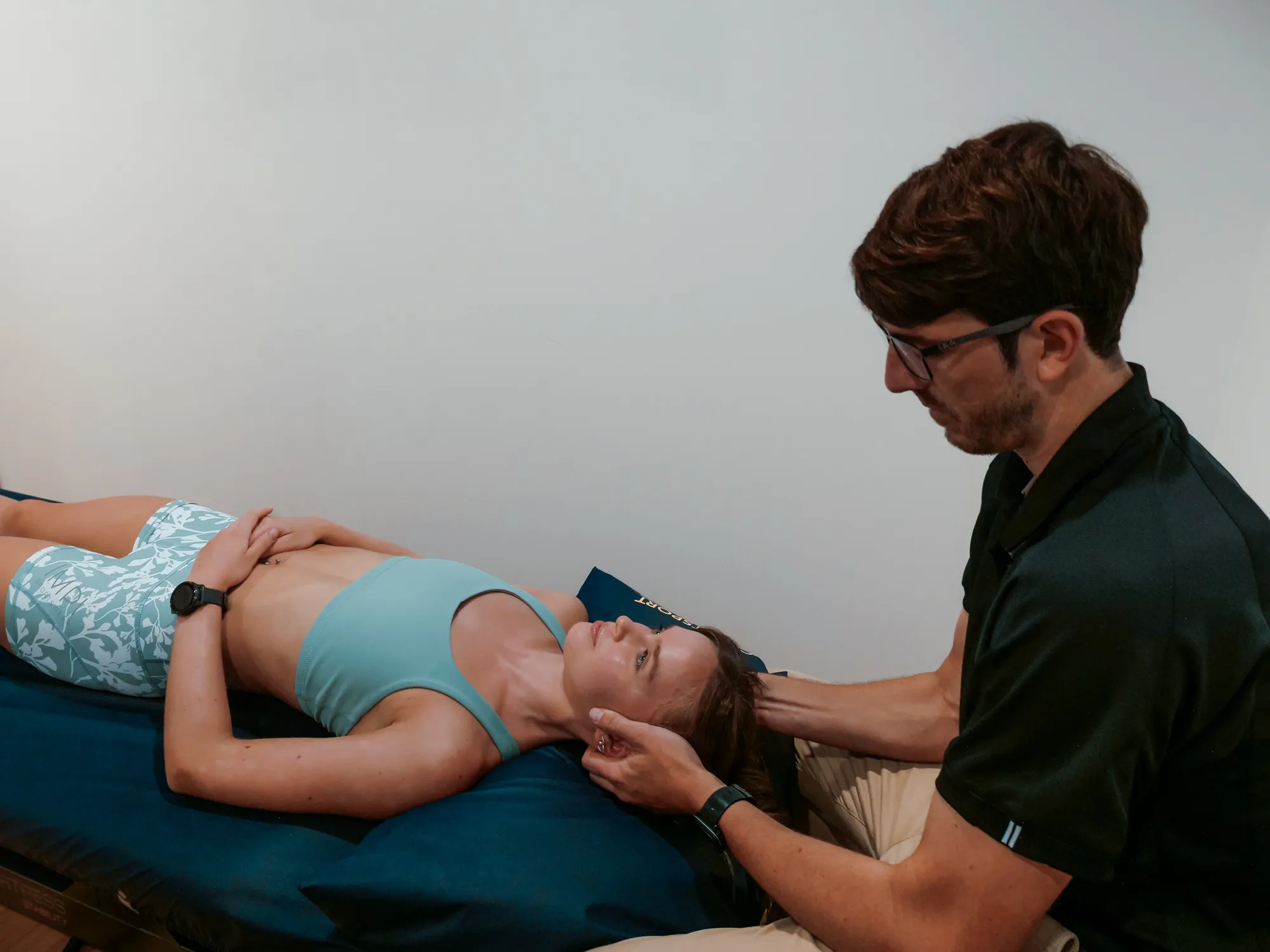

 Helping the Central Coast Feel Well, Move Well and Perform Well!
Helping the Central Coast Feel Well, Move Well and Perform Well!